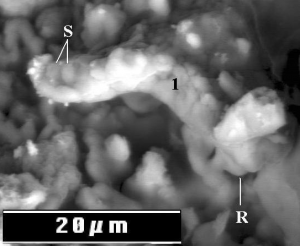How the head of Los Angeles’s community college construction program wasted millions on green energy construction. This quote sums up the absurdity of this environmental wet dream:
As head of a $5.7-billion, taxpayer-funded program to rebuild the college campuses, Eisenberg commanded attention. But his plan for energy independence was seriously flawed. He overestimated how much power the colleges could generate. He underestimated the cost. And he poured millions of dollars into designs for projects that proved so impractical or unpopular they were never built. These and other blunders cost nearly $10 million that could have paid for new classrooms, laboratories and other college facilities, a Times investigation found.
The problems with Eisenberg’s energy vision were fundamental. For starters, there simply wasn’t room on the campuses for all the generating equipment required to become self-sufficient. Some of the colleges wouldn’t come close to that goal even if solar panels, wind turbines and other devices were wedged into every available space.
Going off the grid did not make economic sense either. Given the cost of alternative energy technology, it would be more expensive for the district to generate all its own electricity than to continue paying utilities for power.
Weather and geology also refused to cooperate. Three solar power arrays had to be scrapped because the intended locations were atop seismic faults. Plans for large-scale wind power collided with the reality that prevailing winds at nearly all the campuses are too weak to generate much electricity. To date, a single wind turbine has been installed, as a demonstration project. It spins too slowly in average winds to power a 60-watt light bulb. [emphasis mine]
Worse, the man who forced this idiocy on the colleges still sees nothing wrong with it. And his justification illustrates how completely uneducated he is.
He cast himself as an environmental visionary and predicted that the college system would eventually achieve energy independence. “Somebody needs to be first,” he said. “If the great explorers really had a map and knew where they were going, maybe we wouldn’t have the result we have today.
The fact is that the great explorers always had a map, and worked carefully from real data. Granted, the horizon was unknown, but the explorers who succeeded all ground their exploration on reality, not fantasy.
With foolish leadership like this, it is no surprise California is about to go bankrupt.


